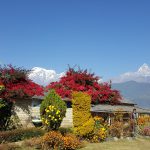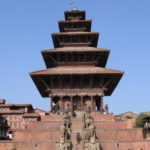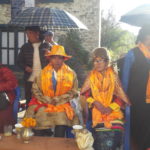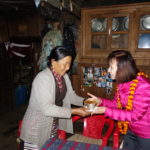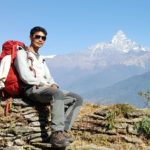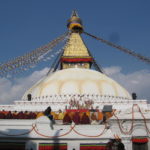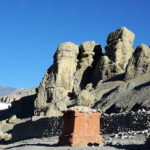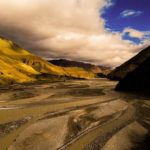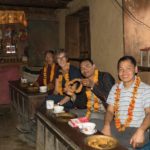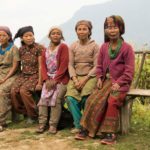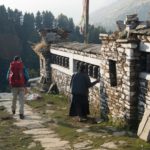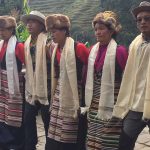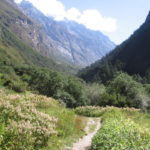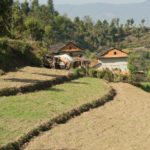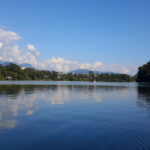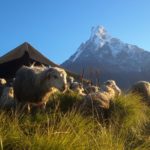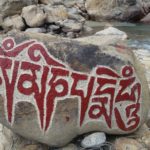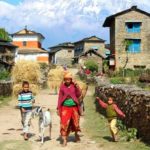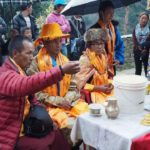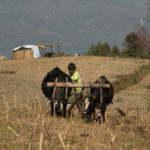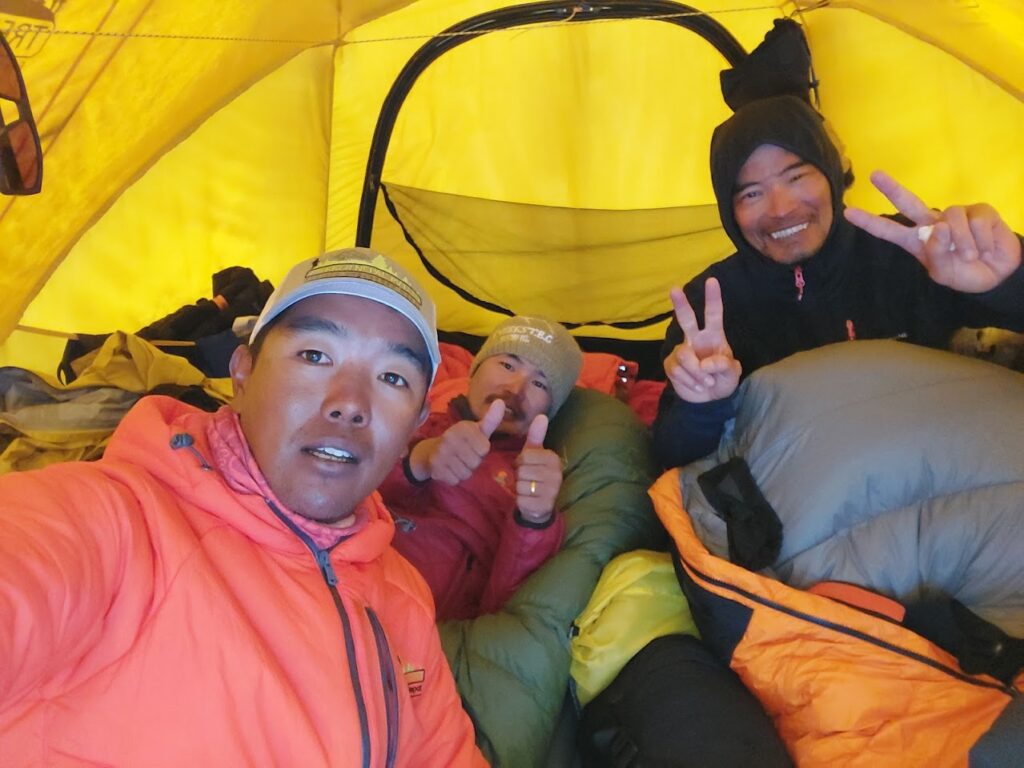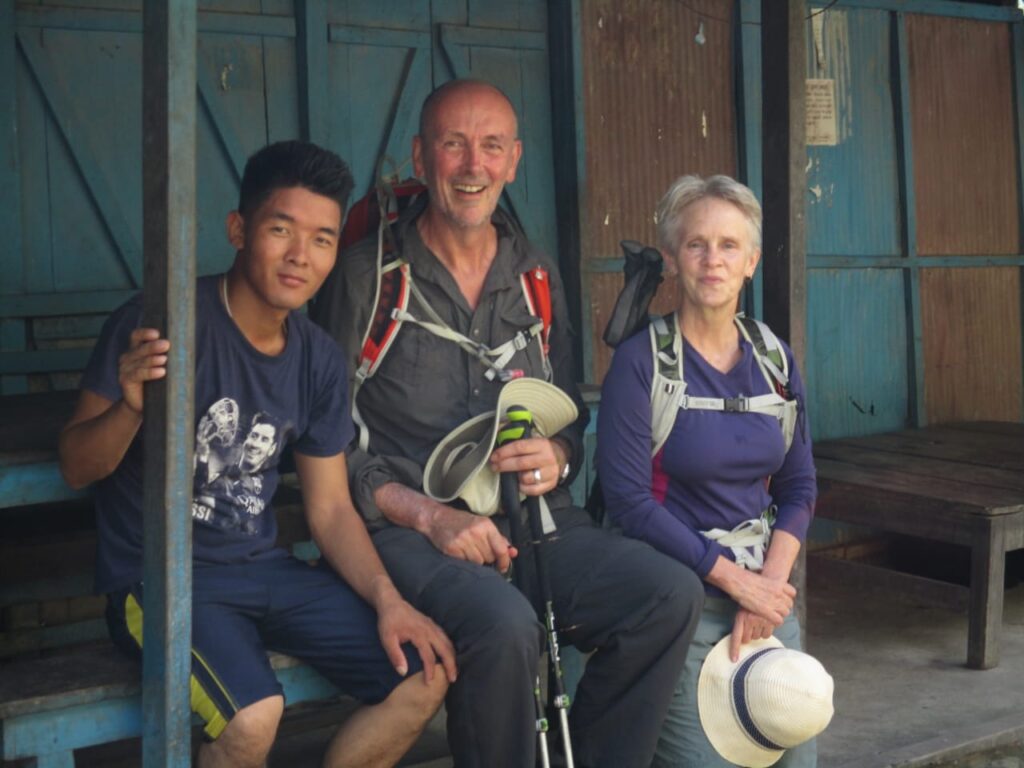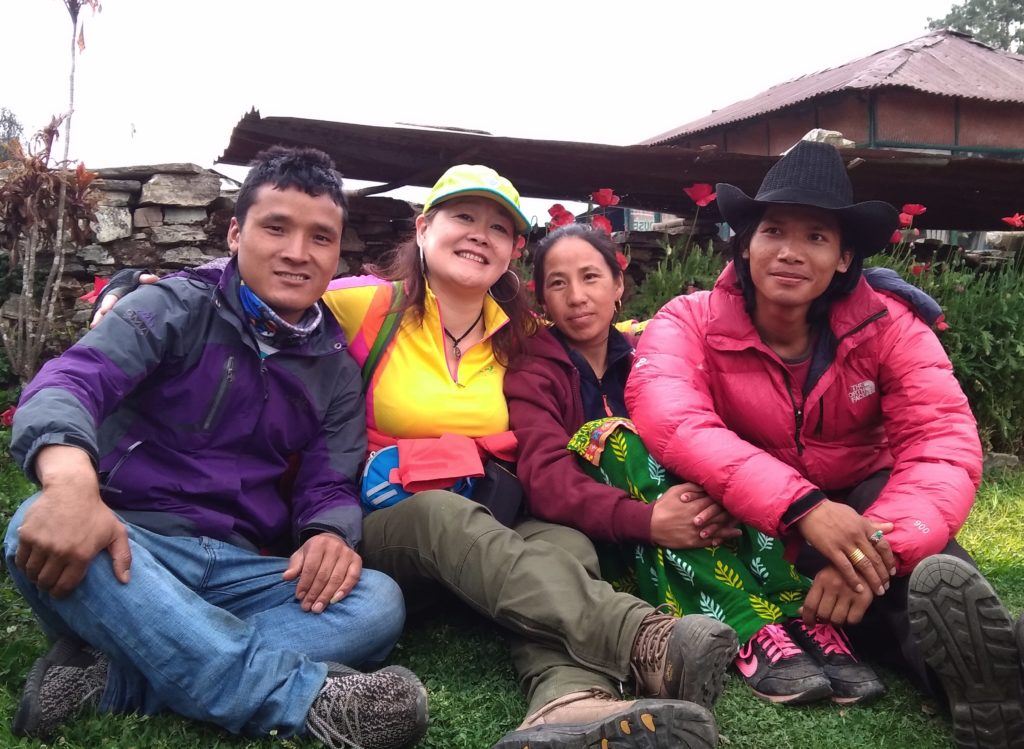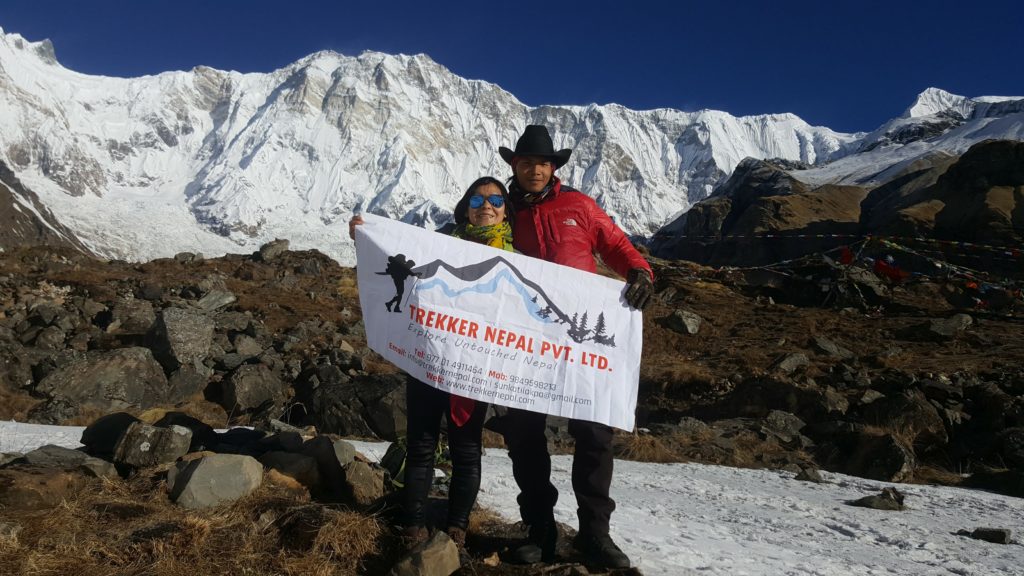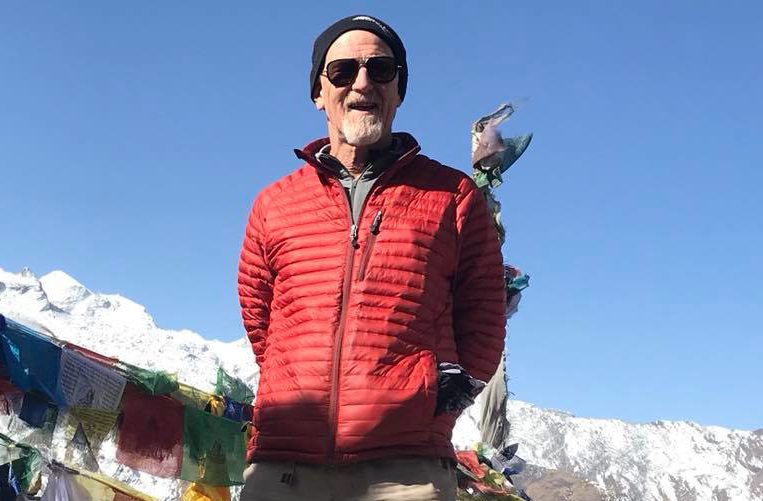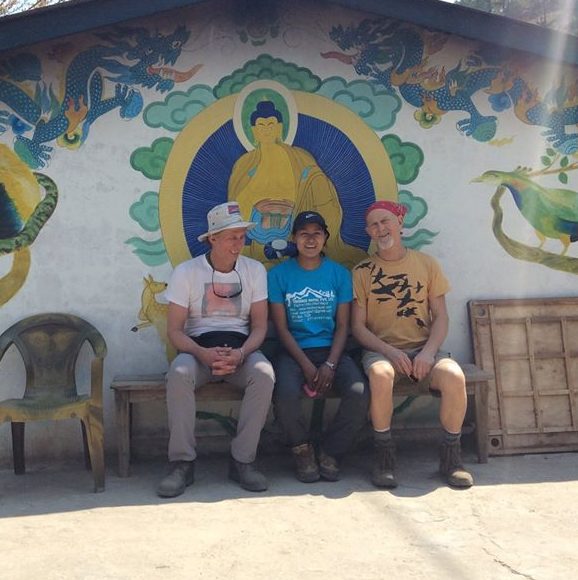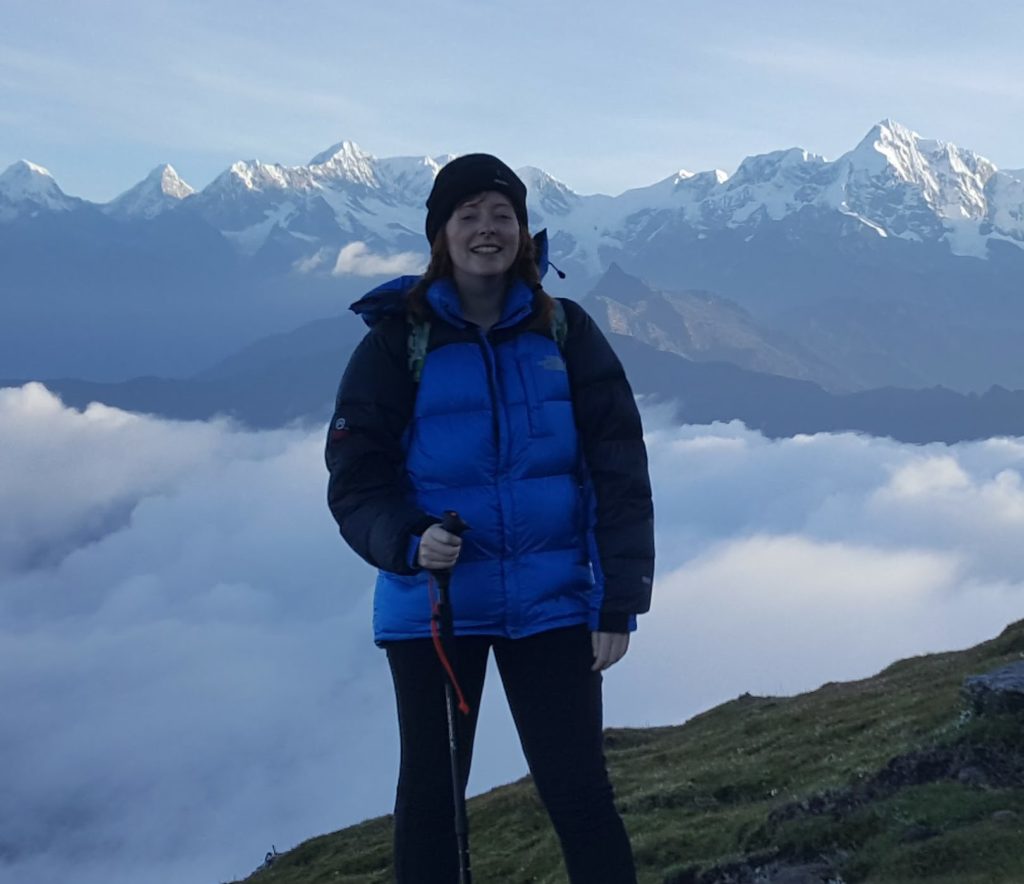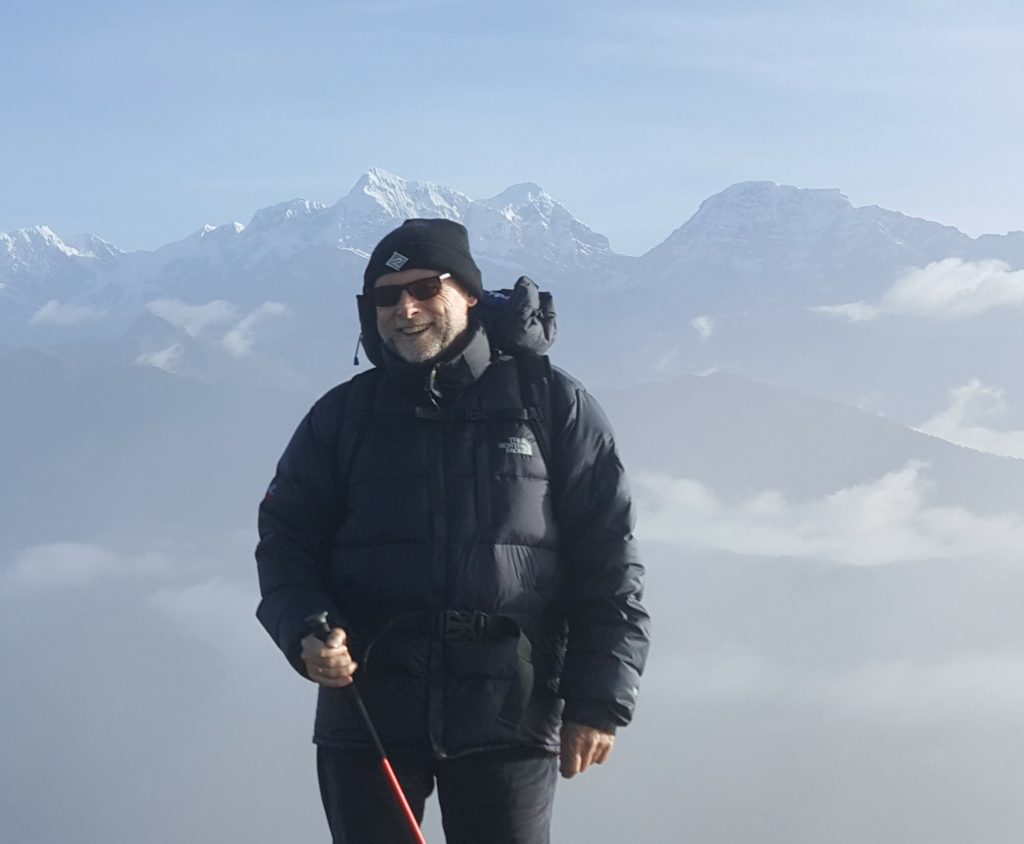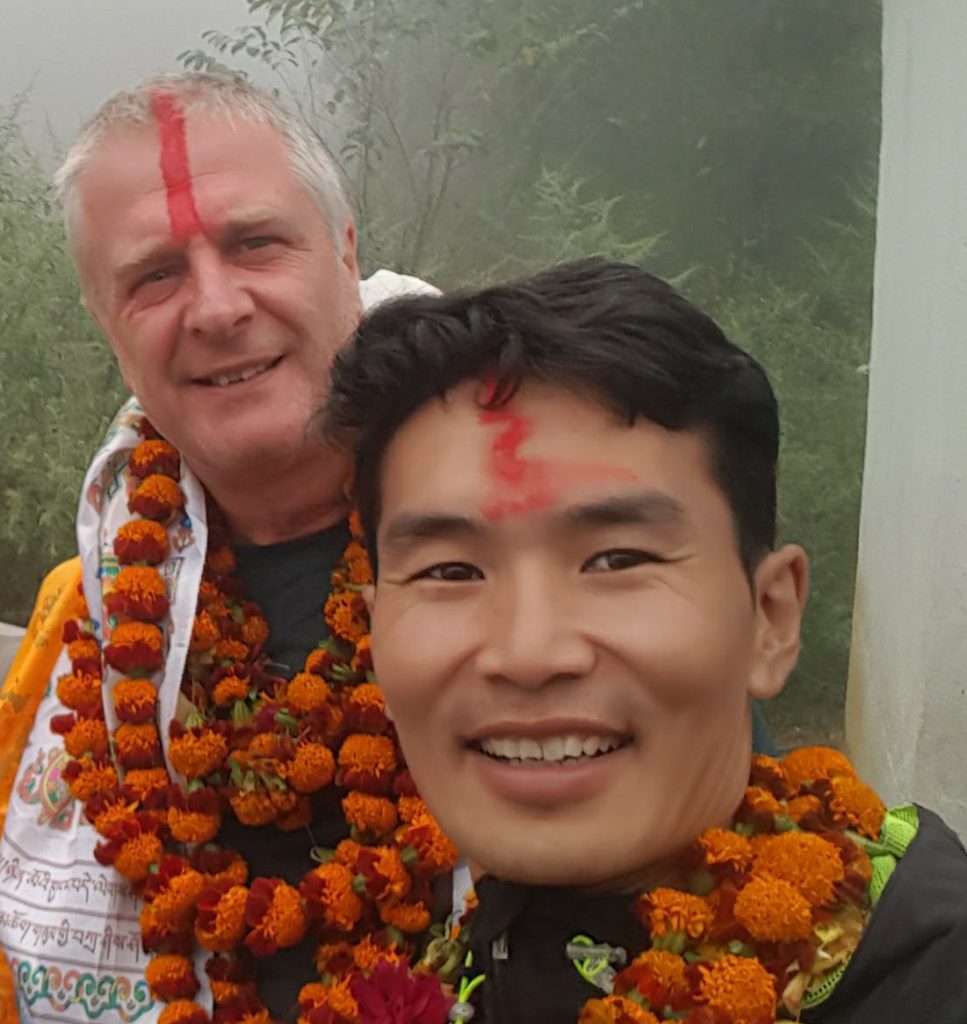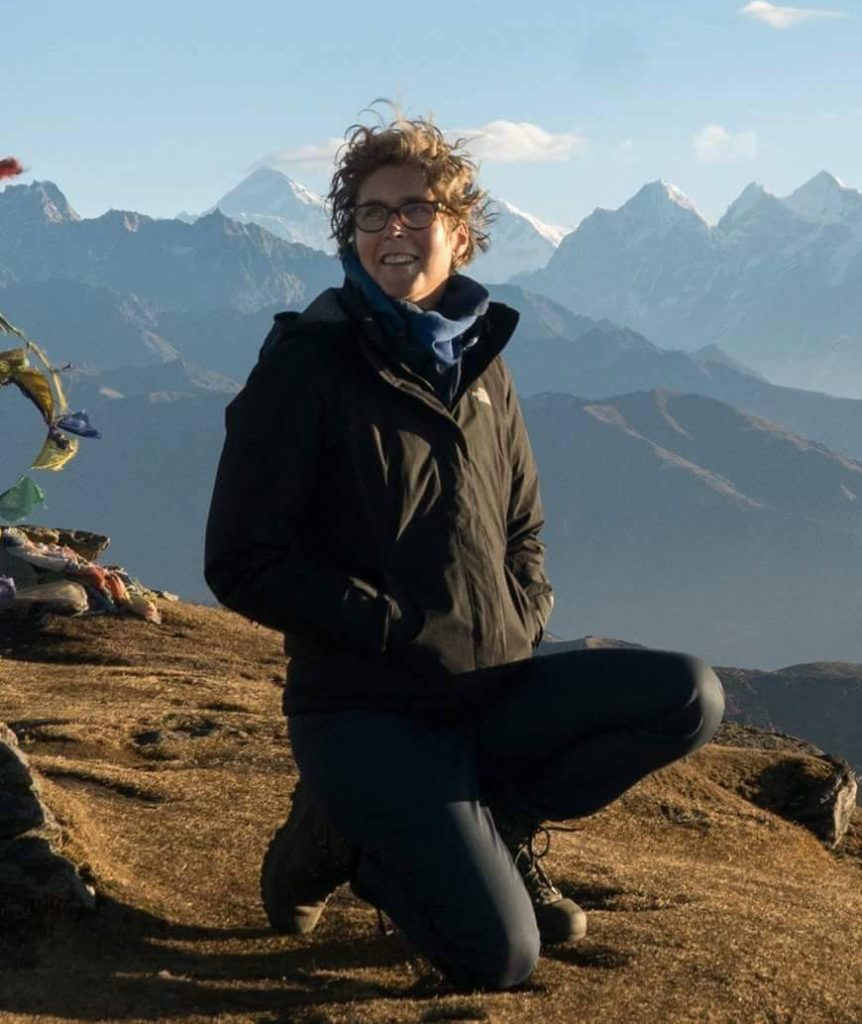Religious Traditions and Festivals
Nepal is a multicultural, multilingual and multiethnic country. Similarly, Nepal has the people of different religious tolerance among the people. However, the people who follow Hindu religion are in great number.Besides this, Buddhism is another popular religion of Nepal.The founder of Buddhism is Gautam Buddha. Who was born in Lumbini ,Nepal. He is famous as the Light of Asia.There are many followers of Islam ,Christianity, Shikhism, Jainism and Kirat religion.Every religion has its own values and norms. People of every religion can celebrate their festivals according to their culture and traditions. Some important festivals are as follow. Some festival which is celebrated by different religious communities of Nepal. And This festival is also known as national festivals.
Dashain
The Hindus all over the world celebrate Dashain.It is also known as Bada Dashain,Durga Puja,Dusshera and Kalipuja.It falls in autumn in the months of either September or October every year. It is celebrated for fifteen days from the day of Ashwin Shukla Pratipada i.e., Ghatasthapana till Purnima,Goddess Durga is worshipped on the occasion. She is regarded as the Goddess of Power.
The elder members in the family put Tika and Jamara and bestow blessings to the younger members on the tenth day to mark this occasion .The tenth day is remembered as the Day of Victory i.e,Vijaya Dashami. The other major days of Dashain are Phulpati of Saptami,kalaratri or Mahasthami and Mahanawami,which fall on the seventh, eighth and the ninth day respectively . It is a festival of union in the family,of great joy and extreme delight. People put on new clothes and eat delicious food They go to Dashain fair and exchange greetings and good wishes .People ,rich or poor, enjoy alike. It is believed that this festival is celebrated to mark the victory of Goddess Durga over Maisasur ,a demon, and Lord Rama over Ravana ,the demon King of Lanka. This festival, there for, symbolizes the victory of good over evil and truth over falsehood.
Tihar
It is another great festival of the Hindus .People celebrates it with great pomp and show. It comes about fifteen days after Dashain. This festival is also called Diwali or Deepawali i.e.,the festival of lights. It is observed for five days from Kartik Krishna Dwadashi up to Kartik Pratipada.The first two days of this festival are dedicated to Kag i.e.,the crow,and Kukur,i.e.,the dog.The third day is called Gai Tihar or Laxmi Puja.Cows are worshipped on this day in the morning and Goddess Laxmi in the evening.She is regarded as the Goddess of Wealth.People clean their houses,decorate and illumine them all night by putting candles,small oil lamps or colourful electric bulbs.And they pray that Goddess Laxmi dwell in their house.People,particularly girls and women play Bhailo in groups on the night of Laxmi Puja.The Gobardhan Puja is observed on the fouth fay and oxen are worshipped.People play Dheusi during the night and the next day.
The final day is called the Bhaitika.On this day; sisters worship their brothers and wish for their long and healthy life. They put tika and garland them. They serve different varieties of sweets, fruits and delicacies to their brothers. The brothers, in turn, give them cash and gifts. It is believed that this festival is celebrated to mark the return of Lord Rama to his Kingdom in Ayodhya after fourteen years in exile.
Chhat
Chhat is a great festival of the Hindus of central Terai.Especially the Maithili people. It is a festival of the Sun-God. It is celebrated on the fifth day of Kartik Shukla,six days after the Laxmi Puja .Both men and women celebrate this festival. However, only women observe fast during the day for three days, worship the setting sun in the evening and then only eat. On the sixth day, they all gather around richly decorated platforms near a local pond or a nearby river early in the morning. They take bath and worship the rising sun with flowers and lamps for the long life and good health of their husbands. After finishing the worship, all the family members sit together and eat variety of sweet. It brings happiness and joy in the family and community.
Lhosar:
Lhosar is a Buddhist festival.Lho means year and Sar means new.Lhosar thus basically is a New Year festival. It is celebrated mainly in the Himalayan region by the Gurungs,Tamangs and the Sherpas.They celebrate Lhosar according their own community and customs.Some celebrate it on 15th of Poush,some on Magh Shukla Pratipada and others on Falgun Shukla Pratipada.The Gurungs celebrates Tamu Lhosar,the Tamangs celebrate Sonam Lhosar and the Sherpas observe Gyalpo Lhosar. Lhosar is a festival of feast, joy and dance. People draw swastiks,symbol of peace and good fortune ,in their homes. They also decorate their homes with paintings of natural elements like the Himalayas, the sun, and the Moon. They wear new clothes and eat sumptuous meals. They generally gather at public places and play games, engage in fun, sing and dance. They also visit their elders and seek their blessings for a healthy and prosperous New year. They exchange greetings and gifts with each other.
Christmas
The most important festival for the Christians is Christmas.It is also known as X-Mas.The letter X represents the holy sign Cross for the Christians.It falls on 25 December every year.It marks the birth anniversity of Jesus Christ,the founder of Christianity.It is generally celebrated for three days from 24 to 26 December. Christmas eve is celebrated on 24 December.On Christmas eve,they decorate a pine tree called Christmas Tree with candles,colourful papers,balloons and flowers.They keep the presents and cards given by their friends and relatives under this tree.They open them later to know who owns the most and best of them.They have great fun.
The Christmas father is Santa Claus.It is believed that he comes during the night and leave presents for the children in their socks.During the day,they go to church and pray together.They put on special caps and new clothes.
26 December is known as Boxing Day.Rich people give boxes full of gifts or money or food and clothes ot the poor people.They visit their friends and relatives on the occasion and have a lot of fun,is celebrated as the New Year Day.The christian era started from this date from the time of jesus Christ.They exchange New Year greetings and wish each other good health and prosperity in life.
Eid
Eid is a New Year festival of the Muslim community according to the Hijri or Hijaratera.The Hijriera began from the time of Prophet Mohammad who is the messanger of their Allah.All the Muslims follow the Hijri calender.It is believed that some people threatened to kill Prophet Mohammad while he was preaching his ideas. He along with his followers,therefore,left Mecca for Medina.This journey is called Hijara which means migration.Mecca and Medina are thus the two most holy places of the Muslims. The Muslims observe a month long fast called Roza during the month of Ramjan. They do not eat anything, not even drink water during daytime.All the family members sit together and eat after sun set. They believe that this will purge and discipline them. They celebrate the last day of Ramjan as Eid-ul-Fitr.They congratulate,embrace and greet each other Eid Mubark which means Happy New Year.They put on new clothes,eat variety of sweets and visit their friends and relatives.They go to the mosques and read Namaz. They also give alms called Zakat to the poor,disabled and needy people.
All these religious festivals carry the message of love and peace.They help to foster friendship,brotherhood and peace in society.Hence,they promote national unity and integration.
Maghe Sangkranti
Maghe Sangkranti has a great importance in the Nepalese society. Most of the Nepalese festivals are based on lunar calendar. Yet there are some festivals which are based on solar calender.Nawabarsha(New Year),15th Asar,Saune Sangkranti along with the Maghe Sagrakanti are the festivals based on solar calendar. Sangkranti means the first day of the month .Therefore, Maghe Sangkranti is observed on the first day of the month –Magh.This festival is observed to mark the end of winter season.During December 22nd the sun comes gradually to norhern hemisphere ,and the palces at the northern hemisphere start to get warmer. Maghe Sangkranti is a social festival. It is celebrated in different ways in different parts of the country.In hilly regions people gather at the riverside and take bath early in the morning and eat Till ko Laddu(a kind of sweet made of sesame),boiled roots(yam, sweet potato, potato ,etc.)and Khichadi (dish made with rice and lentil together ).It is believed that all the food that we eat on this day shall have been cooked at the previous day(end of the Poush month)except Khichadi .In terai ,especially in Tharu community ,this day is celebrated as ‘Maghi’. This day marks the New Year in their community. Many of the fairs are organized at different parts of the country. The fun and excitement of these fairs are remembered throughout the year. This is the one of the days of celebration of social value.such celebrations construct our culture and traditions. It is our duty to conserve these festivals which are celebrated by different communities of the country.
Ram Nawami
Ram Nawami is one of the important festivals of all the Hindu people of Nepal.It falls on the 9th day of the full moon fortnight of Chaitra. It is believed that the Lord Ram was born on this day.Lord Ram was one of the most influential incarnations of Lord Vishnu who is one of the Trinity.Lord vishnu is the God who takes care of all the living beings after being created by Brahma.It is believed Lord Mahesh (Shiva) takes the life later on.
Ram was an ideal person.he was obedient to his parents and the caretaker of responsibilities. Gain Knowledge of obedience, brotherhood, peace, endurance, tolerance, apology, justice and above all the truthfulness by studying his life. Many people observe this day with fasting .Early in the morning people visit the temples of Lord Ram. A grand fair takes places at Ram Janaki Temple in Janakpur.
Religious Traditions and Festivals
Nepal is a multicultural, multilingual and multiethnic country. Similarly Nepal has the people of different religious tolerance among the people however; the people who follow Hindu religion are in great number. Besides this, Buddhism is nether popular religion of Nepal. The founder of Buddhism is Gautam Buddha. Who was born in Lumbini, Nepal. He is famous as the Light of Asia.There are many followers of Islam, Christianity, Shikhism, Jainism and Kirat religion. Every religion has its own values and norms.People of every religion can celebrate their festivals according to their culture and traditions.Some important festivals are as follow.
Janai Purnima
Janai Purnima is the common name of the festival Rishi Tarpani or Raksha Bandhan. This festival falls on Shrawan Shukla Purnima (The full moon day of Shrawan).This day is one of the most important days for the Hindu community because it has highly religious value. People take bath early in the morning and the male members of Brahman and Chetri change Janai for the year.Janai is the sacred thread,which they start to wear after the Bratabandha or Upanayan ceremony. On the same day all the people receive another sacred thread yagyopav it (Raksha Bandan).It is believed that this tread prevents them from on every kind of misfortunes. In the terai sisters tie Rakhi on the brothers’ wrists, secure their brothers making from any kind of mishaps.On this day all the people of Newar community prepare a special Kind of soup,Kwanti which is made by mixing nine different kinds of seeds.
Teej
This festival is celebrated by the women of Hindu society.This festival falls on Bhadra Shukla Tritiya (the third day of the full moon of Bhadra).This festival is also known as Haritalika.On this day all the women observe fasting for the whole day .It is believed that in the Vedic period, Parvati observed fasting on this day hoping to marry with Lord Shiva. And just after that she got married with him .So, the married women celebrate this festival for better status and long lives of their husbands and the unmarried girls wish for good husbands. On the eve of Teej(The evening before the fasting day)all the women eat ‘Dar’ with the family members. Dar is a special meal, prepared for that special day of Teej.
Shree Panchami
The festival which is celebrated on the fifth day of Magh Shukla Panchami (the fifth day of the full moon day of Magh)is famous as Shree Pancchami.This is also called as Basanta Panchanmi as spring season begins from this day. Saraswati is worshipped on this occasion Saraswati is the goddess of learning and wisdom .Most of the people of Hindu community go to the nearby Saraswati temple and worship her. This is the special day for the students. People believe that this students .People believe that day is the best day for their children to start formal learning because they believe that goddess Saraswati gives them a divine blessing on this day.In Buddhist community, this day is called as Manju Panchami.Manjushree is the god of learning for the Buddhists.
Udhauli/Ubhauli
This is the main festival of the Rai c community. This festival is celebrated on two days of the year.The first is the Udhauli and other is the Ubhauli.Udhauli falls at Kartik/Mangsir and Ubhauli in Baishakh/Jestha.This festival is celebrated differently at different places.Some people celebrate it with chandi Nach, some with Sakela or Sakewa or some with Sakela or Sakewa or some other with Baishake or Badanmet.It is because Rai community has different cultures at different places.At this festival Nakchhong(the priest)recites Mundhum at different religious places like Chandithan,Margathan or Mangkhim.At every household people celebrate this festival worshipping ancestors and dance playing with Dholjhyamta. They eat different delicious foods and enjoy together.



